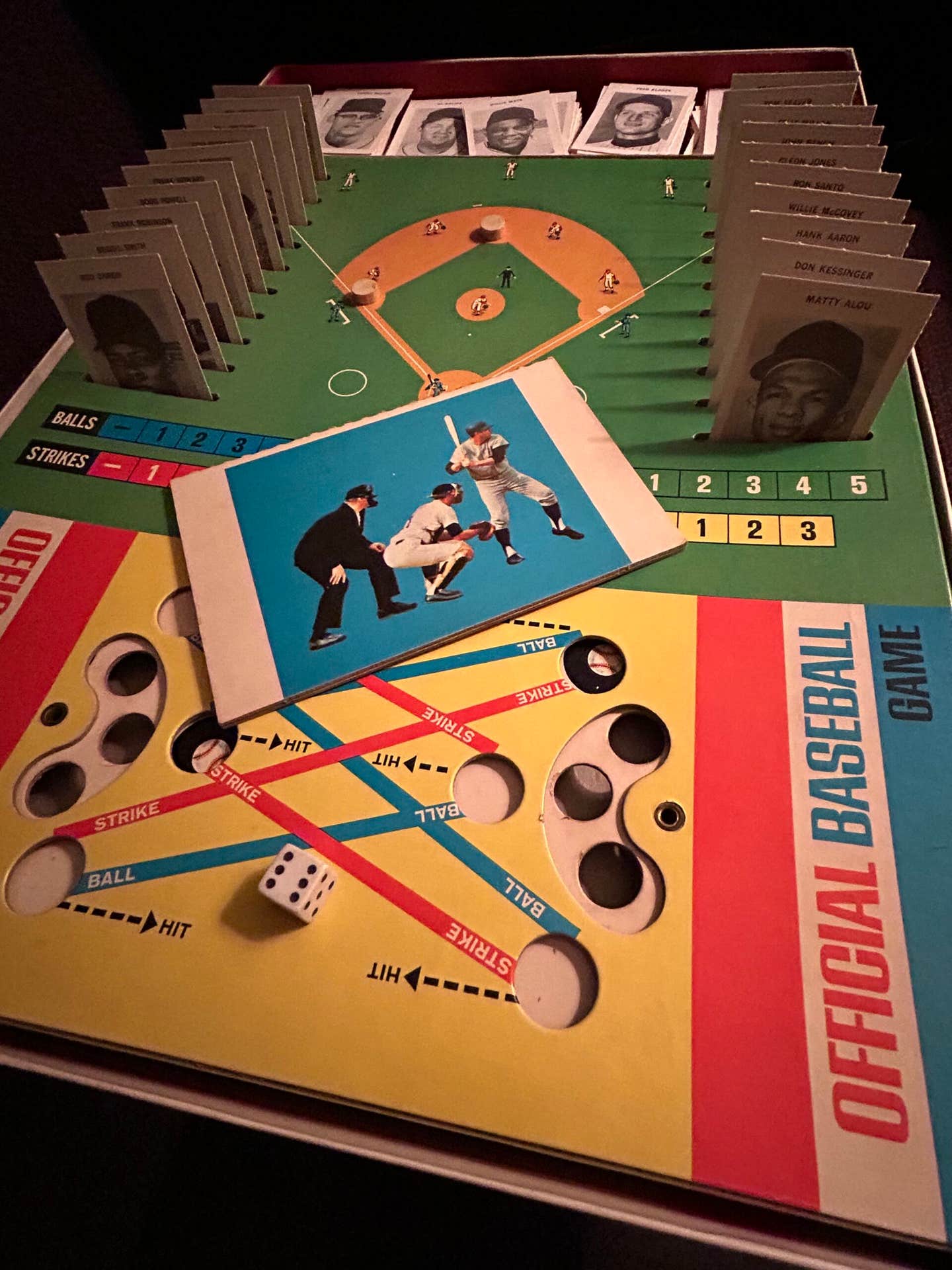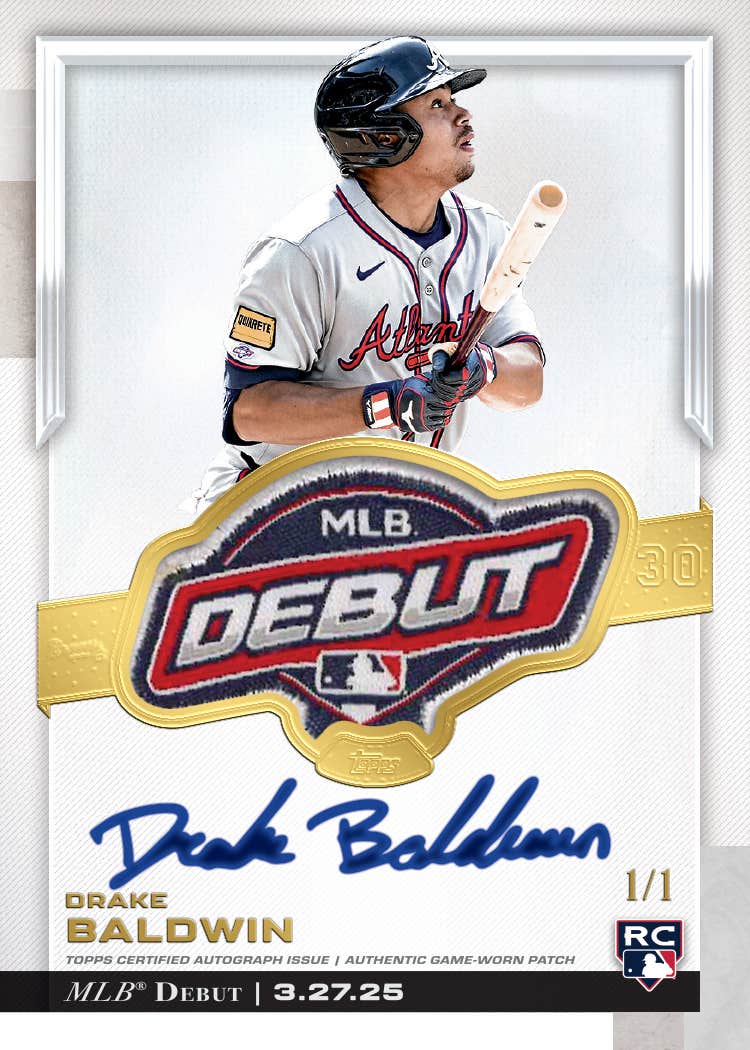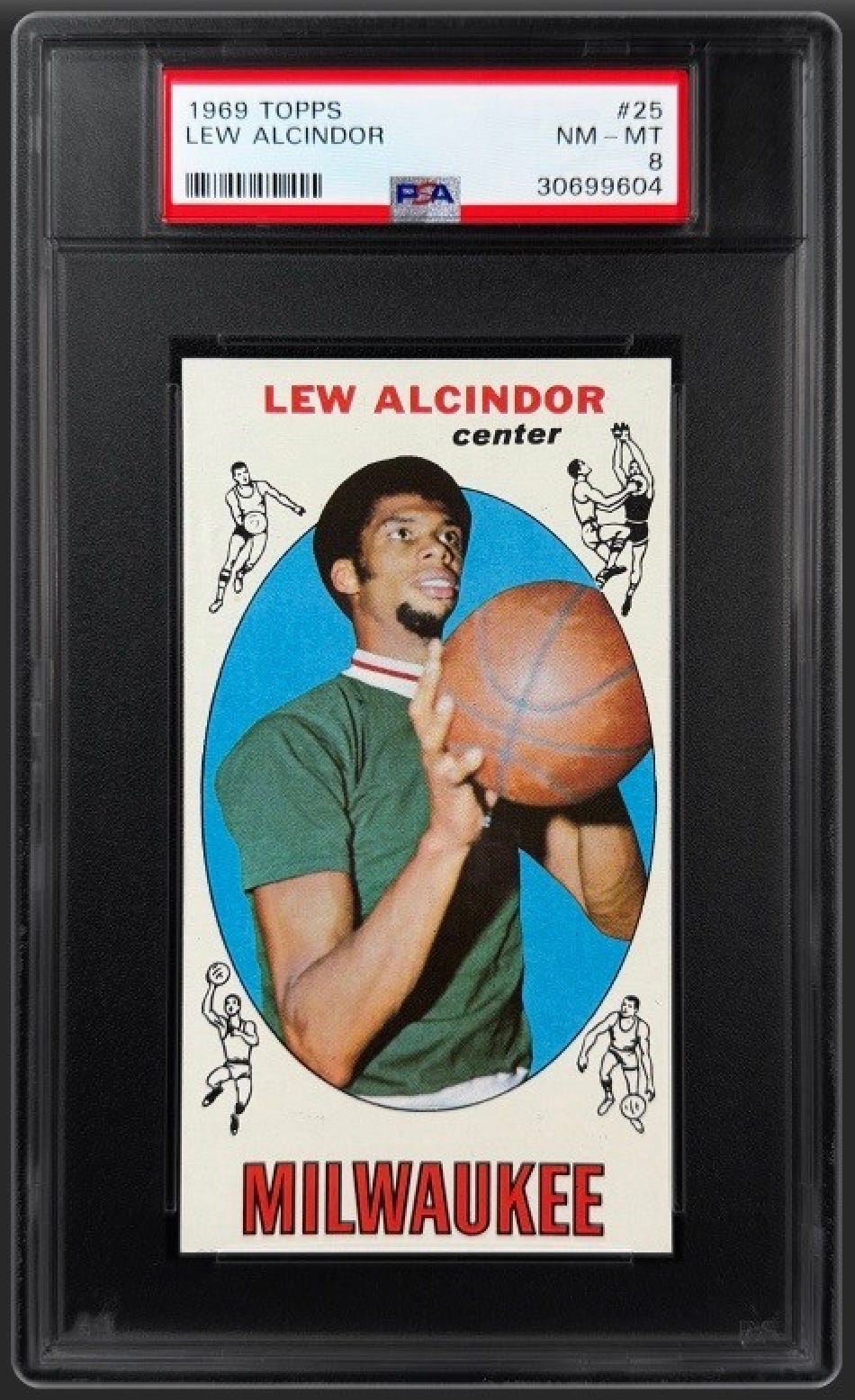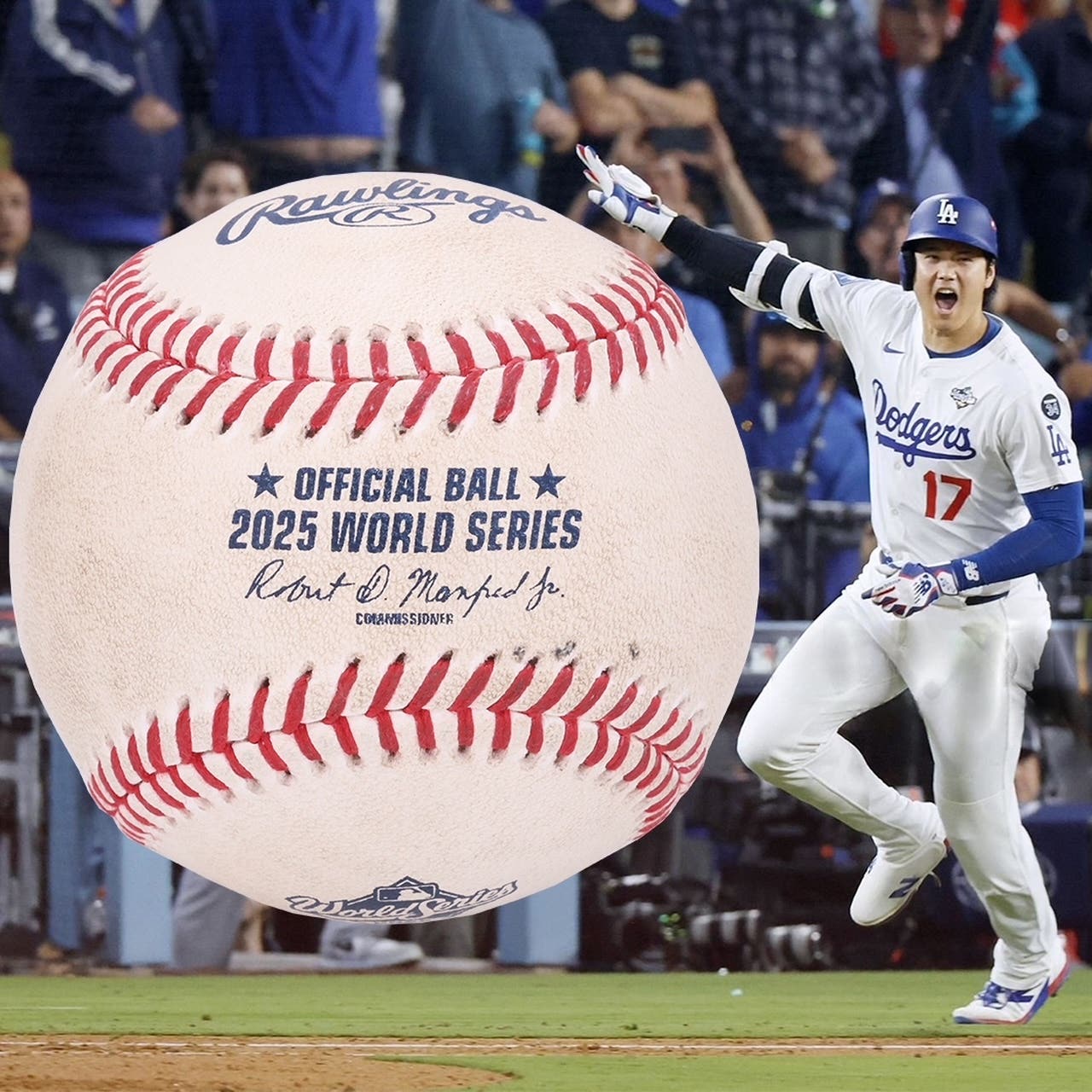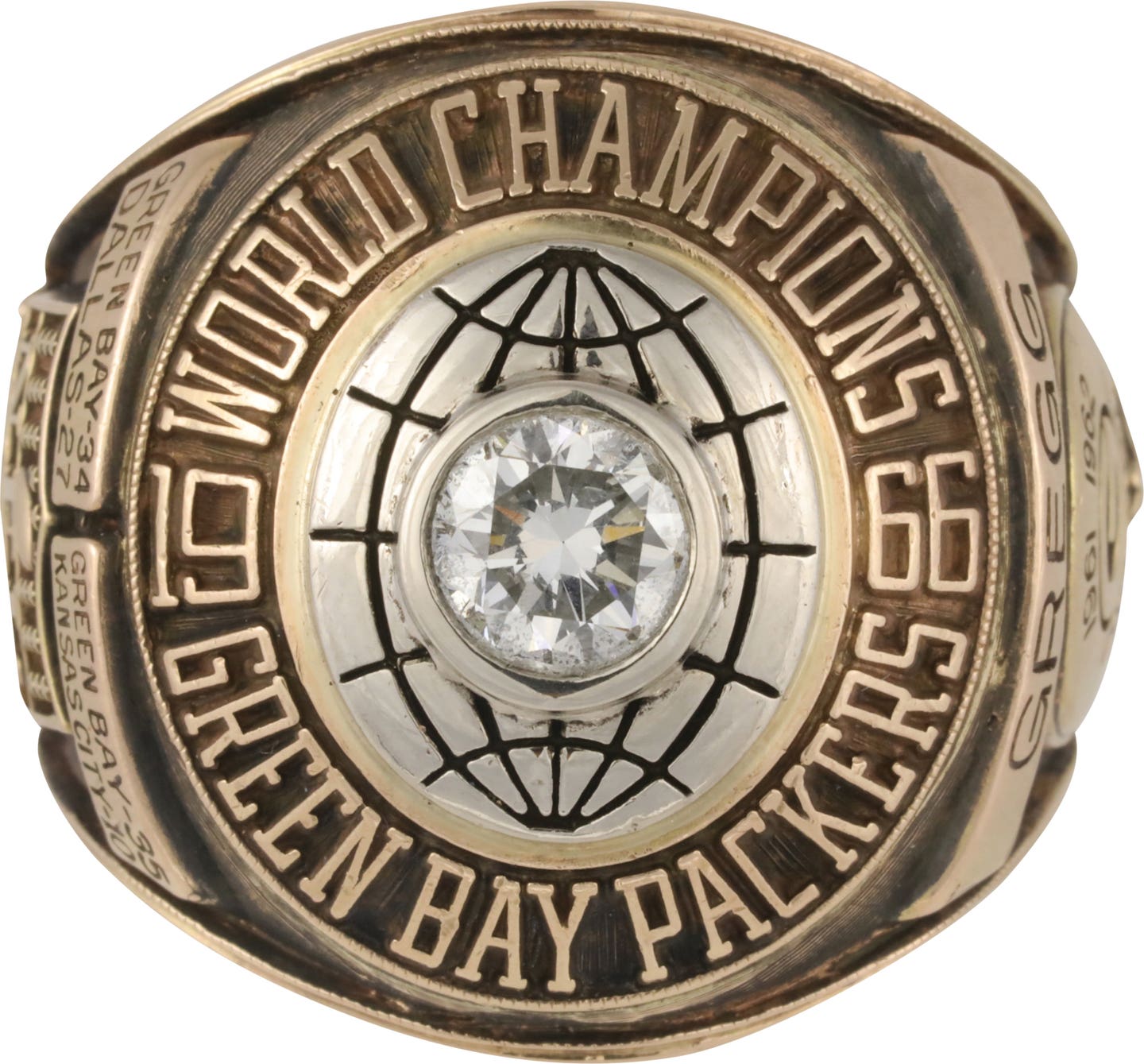News
Required reading for collecting store gloves
The vintage store baseball glove-collecting hobby has been fortunate over the past 20 years in that it has some good source material readily handy at buyers’ and sellers’ fingertips.
With the recent publication of the giant 2007 Glove Catalog Source Book, which is in its third edition, and A Visual History of Ball Gloves, a first effort by glove collector Dave Cunningham, the followers of glove collecting can draw upon some new material to pore over in the coming days.
The Catalog Source Book is now in its third run since being first published in 1994 and is undertaken and distributed by The Glove Collector in Dallas, headed by this writer. It’s been a must for many glove aficionados over the years, and many had been waiting for the newest edition after the 2004 version sold out rather quickly.
A compendium of glove manufacturer’s catalogs – some dating back to before the turn of the last century – this becomes a superlative reference tool. It’s an invaluable guide for collectors wishing to date and check the quality of the glove(s) they own or are considering buying. It lists, from the particular year of the catalog, the model number, player’s stamped name or description of the glove and the price that the manufacturer suggested, a key to revealing the quality of the glove.
This guidebook provides 160-plus pages in a large 81/2-by-11-inch magazine format.
This in-depth tome has also been a key resource for alleged game-used gloves that show up from time to time for sale, giving potential buyers an insight into the premium gloves that various glove makers such as Rawlings and Wilson have made during the last century. Unlike the major league player game-used bat market, where a dominant percentage of those bats were made by Hillerich and Bradsby, which ruled over the major league landscape, the player gloves often came from as many as four or five major makers through the last 100 years and were difficult to pin down as to quality origination.
The book possesses more than 26,000 glove models from more than 500 catalogs, and it also contains histories and backgrounds of the various glove-making firms.
Longtime glove collector Clarence Watkins of Birmingham, Ala., enjoys the GCSB for a variety of reasons.
“No matter what your approach is to glove collecting, the Catalog Source Book can be a valuable tool,” he said. “The information listed about the manufacturers and their catalogs helps in dating gloves. The information on the labels of major manufacturers is also very helpful in dating non-endorsed gloves. It can also help you make decisions on how you define the limits of your collecting. If you decided to collect the ‘Big Red Machine’ Cincinnati Reds, the catalog tells you which players are available and whether or not there are enough players with endorsed gloves to make a worthwhile collection. It can be very rewarding to find that glove or catalog that has not surfaced before.
“The catalog provides invaluable help in identifying gloves that may have the logo patch missing, or the player signature is difficult to read. Collecting gloves without the Source Catalog would be like taking a trip without a map.”
This is by far the most popular of the books produced by The Glove Collector, along with the Vintage Glove Pocket Price Guide, now in its 8th edition. The company also produces guides on baseball bats, store bats and a quarterly newsletter.
The Glove Catalog Source Book can be ordered from The Glove Collector at 14057 Rolling Hills Ln., Dallas, TX 75240-3807, by calling (972) 699-1808 with credit card information or by visiting www.theglovecollector.com website. E-mail information is available at glove
collector@tx.rr.com.
* * * * *
Cunningham’s first effort in this field, though he’s been collecting for more than 10 years, displays great glove images and provides an educational progression of glove styles from the 1890s to the 1950s. While Cunningham admits he doesn’t have every style of fielder gloves that existed in the evolutionary process, he said “it does show a very strong reflection of the glove’s evolutionary process.”
What the book does provide, in abundance, is pictures of several hundreds gloves, the most ever for a glove resource guidebook.
The book can be ordered from David Cunningham, 1707 Mary Ln., Olney, IL 62450, or by e-mailing
cunningham1707@yahoo.comemail.
“We wanted collectors to have a view of gloves that they’d likely hadn’t seen before,” said Cunningham.
He’s loaded his glove book with plenty of images, something that has been needed in the hobby since an earlier book 1990s effort by author Jim Mace’s Made In The USA Baseball Gloves, which depicted the author’s family collection of hundreds of gloves.
Joe Phillips has produced nearly 100 editions of glove-collecting quarterly newsletter The Glove Collector, along with a dozen guides, some of which are available. Subscriptions are $18.95 for one year. For information about The Glove Collector, call (972) 699-1808 or send an e-mail to glovecollector@earthlink.net.



